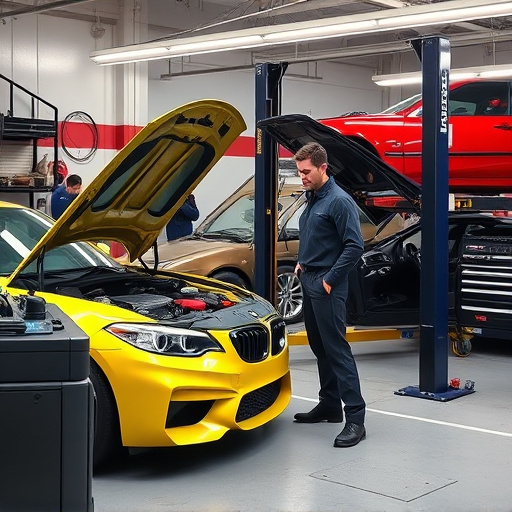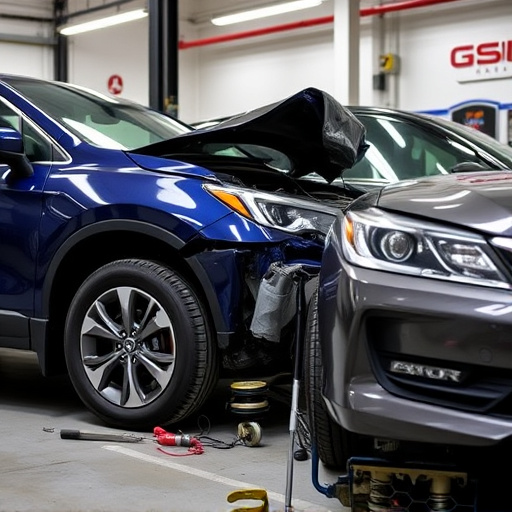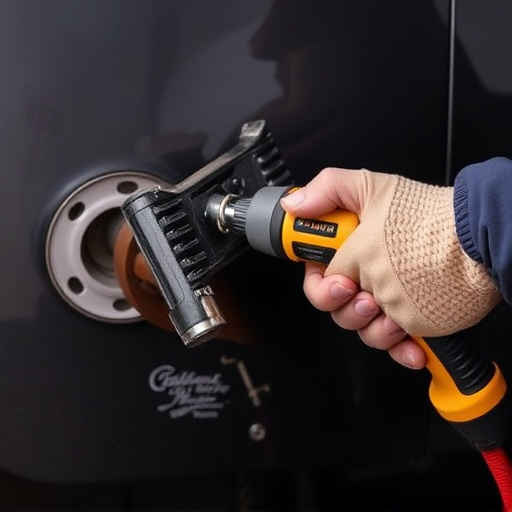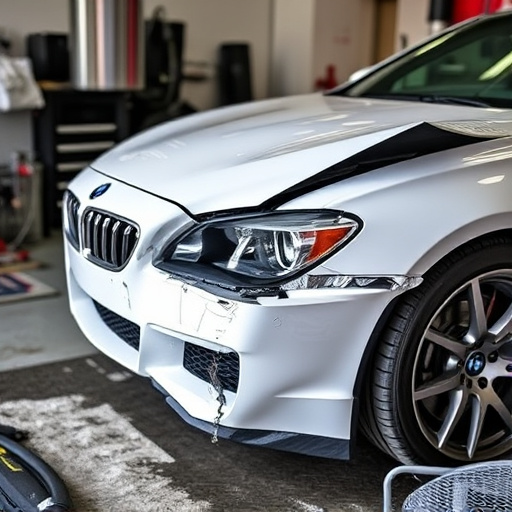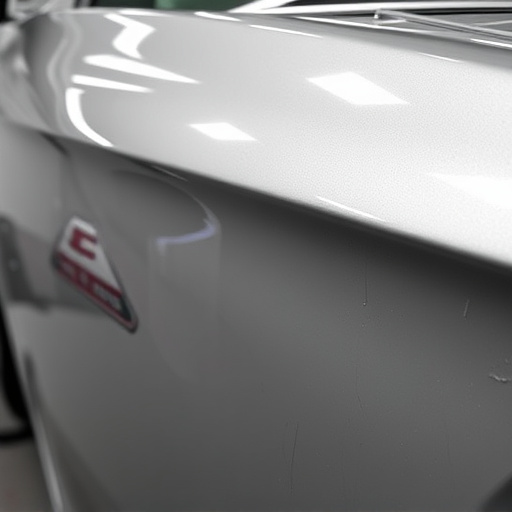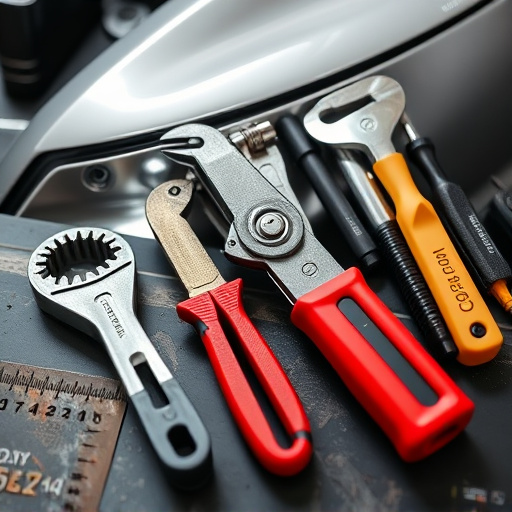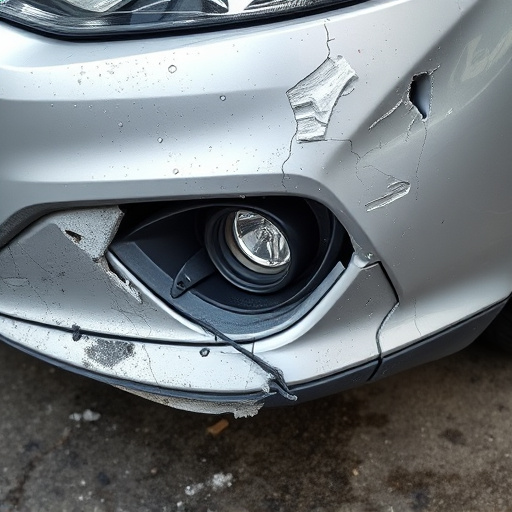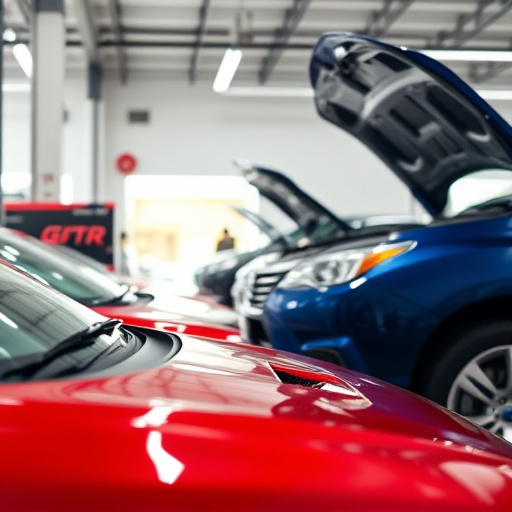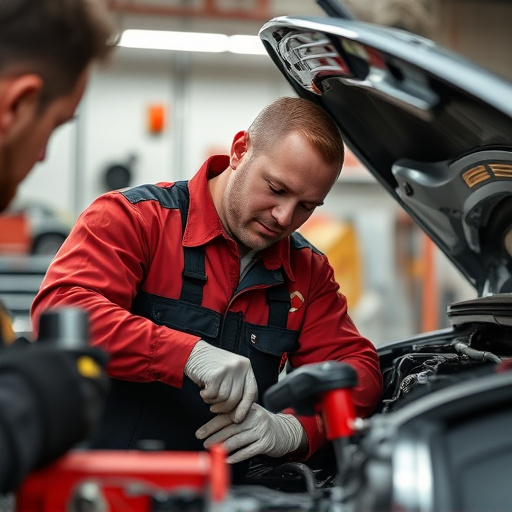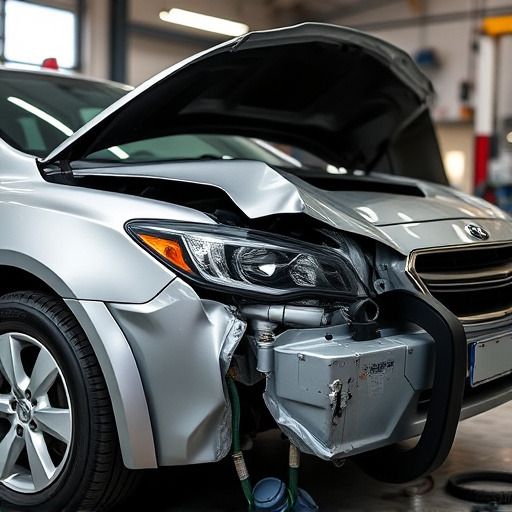Delays in collision repair stem from complex repairs, unforeseen damage, weather, and communication gaps. Effective communication, managing expectations, and minimizing wait times enhance the collision repair experience. Digital technologies, inventory management, and specialized techniques optimize processes, building client trust.
Dealing with delays during the collision repair process can be frustrating. This comprehensive guide explores common causes of holdups, from parts availability to complex repairs, and offers practical solutions. We delve into effective communication strategies for customers and mechanics, emphasizing transparency and timely updates. Additionally, we discuss streamlined processes designed to minimize post-accident wait times, enhancing the overall collision repair experience.
- Understanding Common Causes of Delays in Collision Repair
- Effective Communication Strategies for Customers and Mechanics
- Streamlining Processes to Minimize Post-Accident Wait Times
Understanding Common Causes of Delays in Collision Repair
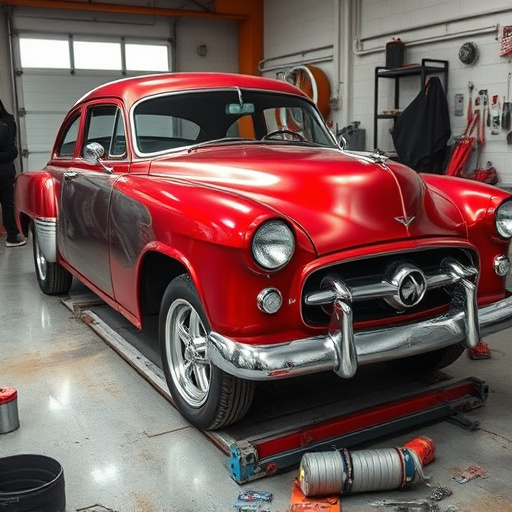
Delays are an unfortunate yet common occurrence in the collision repair experience, often leaving car owners frustrated and questioning the timeline of their vehicle’s revival. Understanding the root causes behind these delays is a significant step towards a smoother process. One of the primary reasons for hold-ups is the complexity of certain repairs, especially when dealing with intricate car body restoration or fender repair tasks that demand precision and specialized skills. These jobs often take longer due to the meticulous nature of ensuring structural integrity and achieving a perfect finish.
Additionally, unforeseen challenges like hail damage repair can significantly impact timelines. Hail storms can cause extensive, varied damage, from small dents to significant panel replacements, requiring additional time for parts procurement and repairs. Weather conditions also play a role, as extreme temperatures or adverse weather patterns may affect the drying and curing processes of paints and adhesives used in car body restoration. Efficient communication between repair shops and customers is key to managing expectations, ensuring transparency, and keeping the collision repair experience as stress-free as possible.
Effective Communication Strategies for Customers and Mechanics
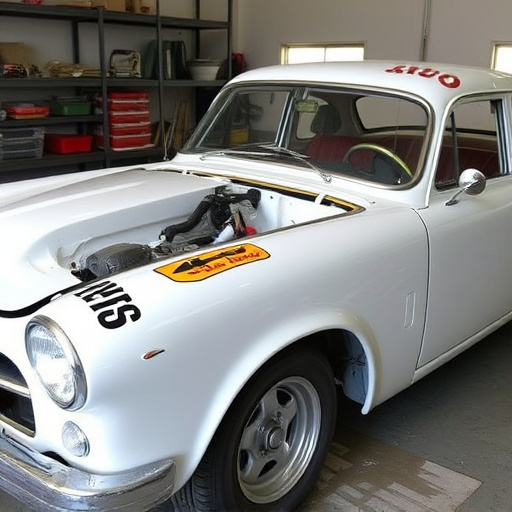
Clear and consistent communication is a cornerstone of a positive collision repair experience. Customers should feel comfortable discussing their concerns openly with mechanics. Providing regular updates on the progress, explaining procedures in simple terms, and offering transparent estimates can help alleviate anxiety and build trust. Mechanics who actively listen to customers’ preferences and concerns can tailor their work accordingly, ensuring satisfaction.
Effective communication strategies also extend to managing expectations regarding timelines. Informing customers about potential delays due to parts availability or complex repairs is essential. Similarly, car dent repair specialists should be adept at communicating when a more extensive car repair shop process is required. This open dialogue fosters a collaborative environment, allowing for better collision repair experience management and stronger relationships between clients and mechanics.
Streamlining Processes to Minimize Post-Accident Wait Times

In a collision repair experience, minimizing wait times significantly enhances customer satisfaction. Automotive body shops can streamline processes through digital technologies, efficient inventory management, and well-trained staff to reduce post-accident delays. Implementing digital systems for estimating repairs and tracking progress ensures transparency and faster communication with clients.
Additionally, offering services like paintless dent repair can expedite the collision repair process, especially for less severe damages. This specialized technique allows for quicker restoration of vehicles, including classic car restorations, without compromising quality. By optimizing these aspects, an automotive body shop can provide a smoother collision repair experience and maintain client trust.
Delays during the collision repair experience are manageable through a comprehensive understanding of common causes, effective communication strategies, and streamlined processes. By recognizing and addressing these factors, both customers and mechanics can collaborate to minimize post-accident wait times, enhancing overall satisfaction with the collision repair process. Embracing these practices ensures a smoother journey, restoring vehicles to their pre-accident condition more efficiently.
